The Ceramique Stage
The units in the Milestones are the C^2 12 tweeter, the C^2 79 midrange and C^2 220-T6 from Thiel&Partner.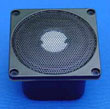
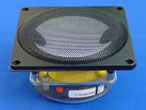
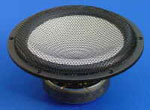
The concave membranes of the Thiel units consist of ceramic material. Ceramic membranes work like an ideal piston over the entire recommended frequency band. This is due to the fact that extremely hard membrane material is used that doesn't bend and a soft fabric surround that yields an undisturbed and phase-stable piston-like motion. The extreme cone rigidity and hardness in combination with a low weight, results in speed and an accurate impulse response. The small "ears" on tweeters and midrange drivers achieve resonance damping. The concave shape yields wide and uniform energy distribution with low (phase) distortion. The frontplate is made of heavy, acoustically inert zinc instead of plastic or aluminium.
The electro-chemical manufacturing process of the membranes starts with aluminum foil, and leads to very thin, form-stable diaphragms of Al²O³ in sapphire lattice with high internal damping (see part1 and part2 of a German comic published in the Klang&Ton magazine explaining the fabrication procedure). The electron microscope detailed structure of a 45 µm ceramic membrane magnified several 1000 times by electron microscope can be seen in the following figure. The membrane consists of two layers growing together from the outside as aluminium oxidation progresses. Also note the small porosity holes due to the change of crystal lattice after burning the membrane at 1400° Celsius (2550° Fahrenheit).
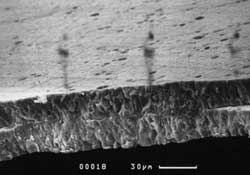
The ceramic material is responsible for very low coloration and distortion which are typically below 0.5%. Due to the concave shape and the pure piston movement, ceramic drivers have an extremely widespread energy distribution and therefore a lower on axis sound pressure. The good thing is that this will widen your "sweet spot" enormously and give an equal and filling sound all over your listening room. It is therefore recommended to adjust the amplitude curve of a loudspeaker system to be flat or even slightly dropping to the higher frequencies to achieve an even energy distribution. Hence, you have to compare our tweeters to units with on axis pressure that is 2-3 dB higher.
Thiel-Small parameters
The Thiel-Small parameters and electrical parameters of the units are given by the following tables: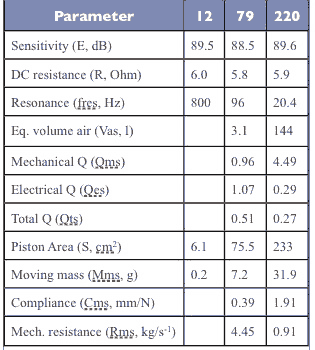
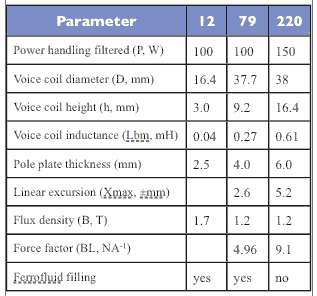
Measurements
For acoustic and electrical measurements of the Thiel units, see the measurements stage, showing measurements of the units mounted in the Milestones enclosure. I've also added a page with a summary of Thiels' own measurements (for quick reference).next ->